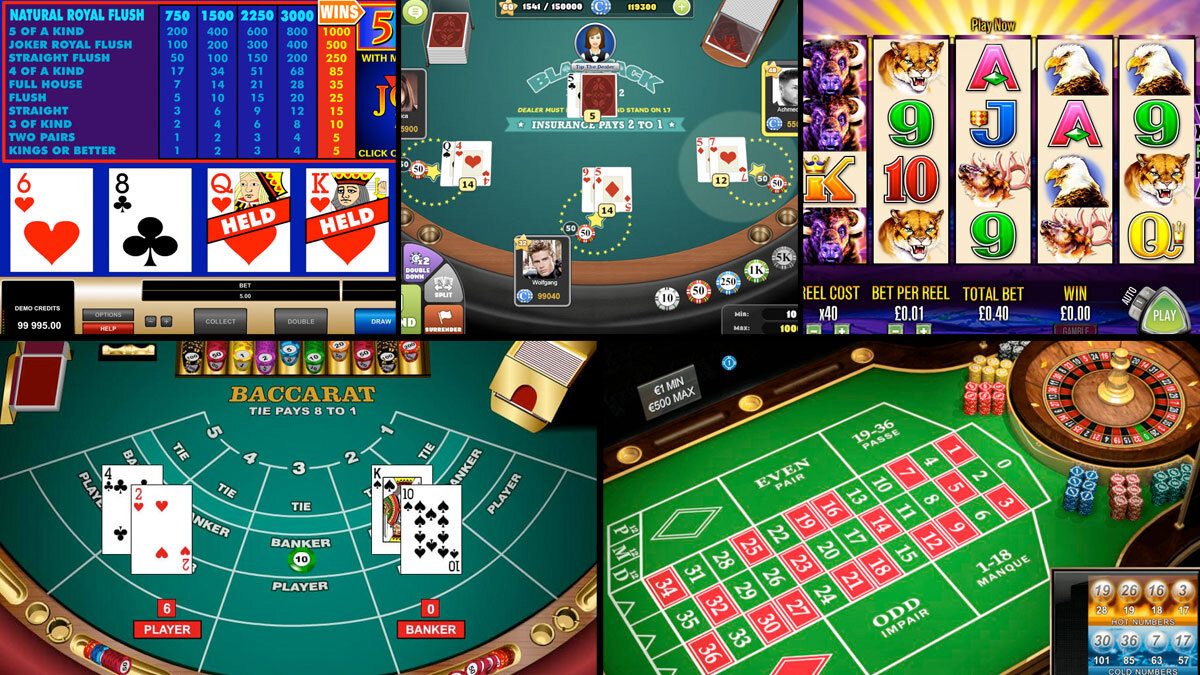Within a lively and exciting world of gaming establishments, where fortune and strategy intertwine, color and aesthetic play a key role in attracting gamblers. As soon as visitors step inside a casino or log into a gaming website, they are enveloped in a sightly feast that captures their attention and entices them to discover further. Bright colors, captivating graphics, and creative layouts are meticulously crafted to create an atmosphere of thrill and expectation, ultimately enhancing the gaming experience.
While gamblers move through the dynamic landscape of casino games, they encounter a variety of designs that not only serve visual purposes but also affect emotions and decision-making. Hues like red and yellow symbolize riches and luck, while soothing blues and emeralds can create a much tranquil environment. Understanding how these elements work together enables casinos to create an inviting and energizing atmosphere that encourages players to interact with the games, invest additional time at the tables, and increase their overall enjoyment.
The Psychology of Color in Gambling Games
Tint plays a critical role in the creation of gambling games, shaping player emotions and actions. Lively and striking shades, such as scarlet and amber, are often used to ignite excitement and capture notice. These hues create a sense of immediacy and dynamism, encouraging gamblers to participate more eagerly with the experience. By intentionally selecting hues, creators aim to inspire feelings of joy and excitement, which can enhance the overall game experience.
Distinct shades also have psychological associations that can influence how gamblers perceive their odds of winning. For instance, lime is often associated with fortune and prosperity, making it a well-liked choice in activities like roulette and poker games. This association can cause players to feel more positive and self-assured in their play, ultimately motivating them to stake more. Understanding these associations allows game creators to create environments that enhance player satisfaction and engagement. https://hb88a.pro/
Moreover, the layout of gambling game interfaces often uses gradients and differing shades to guide players’ actions. For instance, successful results may be highlighted with bright, opposing hues, creating a visual incentive. This technique strengthens successful results and supports repeated gameplay. By utilizing the science of color, casinos can develop games that not only attract players but also keep them engaged and invested in their gaming experience.
Design Elements that Engage Gamers
The aesthetic appeal of gambling games is primarily influenced by the use of vibrant colors. Lively and contrasting colors are deliberately chosen to create an inviting atmosphere that grabs interest. For example, crimson and golden hues often signify luck and prosperity, which is why they are prevalent in the palettes of gaming machines and game surfaces. These colors not only draw players in, but they also stir emotions related to excitement and anticipation, enhancing the total gaming experience.
In addition to color, the aesthetic and layout of casino games play a crucial role in captivating players. Games are designed to be user-friendly, ensuring that players can easily understand the guidelines and gameplay. Accessible interfaces, along with engaging graphics and motion, help maintain gamer interest and encourage longer play sessions. The physical elements, such as the texture of the buttons and the audio of the games, also contribute to a comprehensive sensory experience that keeps players engaged.
In conclusion, conceptual elements in gaming design can significantly influence gaming decisions. Many casino games are inspired by media, fairy tales, or adventure themes, featuring symbols and characters that resonate with players. These themes create a sense of immersion and relatability, making each game feel distinct. When players feel a bond to the concept, they are more likely to opt for that game over others, leading to increased participation and excitement within the casino environment.
Case Studies: Notable Casino Slot Designs
One prime example of successful casino game design is the well-known slot machine series themed around blockbuster movies. Games such as those based on the Wizard of Oz and Game of Thrones utilize dynamic colors and superior graphics to enthrall players in recognizable narratives. The employment of dynamic visuals and entertaining sound effects captures the attention of players, creating an psychological connection to the theme. This tactic not only encourages longer play but also improves the overall gaming experience, yielding increased player retention.

Another effective case is the use of the psychology of color in table games like blackjack and the wheel. Casinos often design these games with rich reds and greens, colors traditionally connected with luck and wealth. For instance, the green felt on a blackjack table provides a soothing effect, while the red accents in the wheel invite anticipation. This deliberate use of color helps to create an inviting atmosphere that encourages players to participate, satisfying their psychological impulses and enhancing their enjoyment.
Finally, online casino games that feature social features and bright, dynamic designs have seen remarkable success in engaging players. Games like Zynga Poker and Slotomania leverage bright colors and playful animations to forge an inviting online environment. The inclusion of leaderboards, social sharing options, and in-app rewards fosters competition and community, pulling players in for longer sessions. Such designs not just make the games visually appealing but also highlight social connectivity, a vital factor in player retention and engagement within online casino environments.